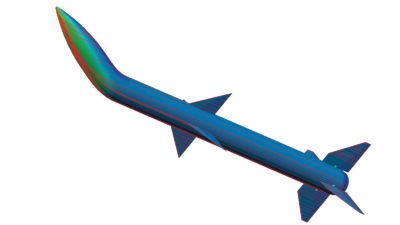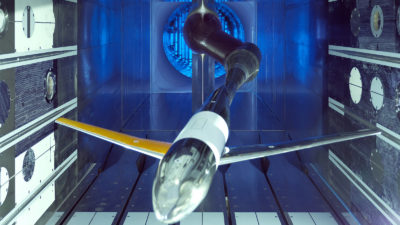Aircraft operations experience steep decline during pandemic
By TOM REYNOLDS|December 2020
The Aircraft Operations Technical Committee promotes safe and efficient operations in the airspace system by encouraging best practices and information-sharing among the community and government agencies.
This year saw unprecedented impacts to aircraft operations from the covid-19 pandemic. Global airline operations fell by 70% in March compared with 2019. Operations slowly started to return: by early November, U.S. flights were down 40% and passengers down 60% compared to the previous year. Airlines responded to the pandemic and lower demand by grounding fleets and introducing new operating procedures, including frequently deep cleaning cabins, keeping middle seats empty and requiring masks. These protocols were designed to mitigate virus transmission risk and regain consumer confidence in air travel. However, industry forecasts suggest airline operations may not recover to 2019 levels for several years.
Air traffic control regulators were still busy. In January, FAA’s Automatic Dependent Surveillance-Broadcast Out mandate became reality. In March, the not-for-profit corporation in charge of Canada’s civil air navigation system, NAV CANADA, and the United Kingdom’s National Air Traffic Services completed the first year of space-based ADS-B operations, with observed oceanic benefits of reduced workload, improved position accuracy and earlier warning of aircraft deviations from planned routes. Midyear, FAA and the European Union Aviation Safety Agency completed Boeing 737 MAX test flights to evaluate changes to the flight control system after crashes in 2018 and 2019.
In November, FAA published an airworthiness directive, clearing airlines and Boeing to begin preparations for reentry to service, which include updating software and pilot training procedures. Also midyear, FAA introduced its National Airspace System 2035 vision. It describes ways to accommodate new entrants, as well as traffic management services in the same volume of airspace where trajectory information is shared as an enterprise service with systemwide safety assured by continuous data exchange and artificial-intelligence-based automated monitoring.
NASA looked toward the transformation of the national airspace system, including the introduction of new vehicle types and operational paradigms. In the X-plane business again, NASA’s X-59 Quiet Supersonic Technology aircraft has moved from the drawing board to assembly at Lockheed Martin in preparation for a series of test flights over three years to explore whether the low-boom flight demonstrator works as expected. The ultimate test will be flyovers of several U.S. cities to measure public reaction to the hushed sonic thumps.
FAA and NASA released initial concepts this year for how urban air mobility, or UAM, vehicles will integrate into the airspace. FAA’s concept of operations targets nearer-term, low density/complexity operations using published corridors supported by traffic management from PSUs, short for providers of services for UAM. NASA’s concept of operations targets medium-term, medium-density and medium-complexity operations in larger regions of airspace supported by PSU networks. This year, NASA worked with numerous participants simulating UAM operations to verify interoperability requirements during nominal and contingency conditions. From the industry side, companies with existing UAM projects continued their vehicle developments, while new players such as startups Archer Aviation, based in California, and Autoflight, a Chinese company, entered the already crowded field.
Commercial space operations continued to make headlines, highlighted by the first launch of astronauts by a private company with the May launch of the SpaceX Demo-2 test flight and the November Crew-1 operational mission, both aboard Crew Dragon capsules. Meanwhile, Blue Origin, Virgin Galactic and other commercial space companies edged closer to regular operations.
Contributors: Gabriele Enea, Antony Evans and John Koelling



































